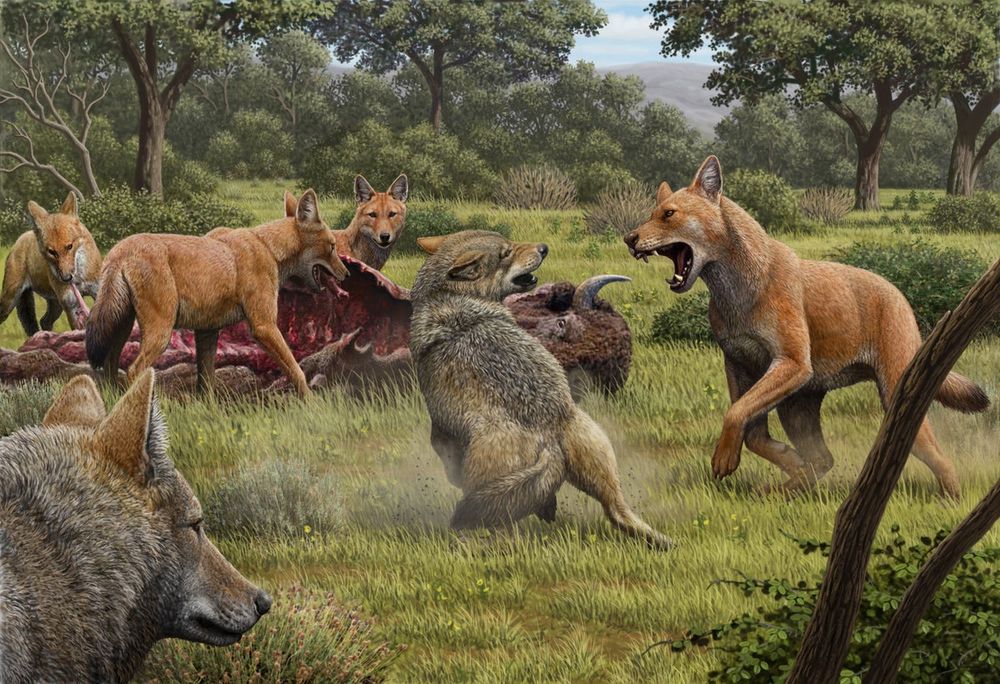


anatomypubs.onlinelibrary.wiley.com/share/YV5A83...
anatomypubs.onlinelibrary.wiley.com/share/YV5A83...







youtu.be/knh8skpSQLs?...

youtu.be/knh8skpSQLs?...







NDGSdigs2025.eventbrite.com
Registration opens Feb 1st, but if you want to be assured of getting a spot you can become a Dig Supporter donor and get access to early registration next week. More info here:
Ndpaleofriends.org/dig-supporters/

NDGSdigs2025.eventbrite.com
Registration opens Feb 1st, but if you want to be assured of getting a spot you can become a Dig Supporter donor and get access to early registration next week. More info here:
Ndpaleofriends.org/dig-supporters/





Such dogs were once considered scavengers, but comparisons with living canids and hyenas led one study to suggest Aelurodon were hunters that picked out prey larger than themselves. 🧪

Such dogs were once considered scavengers, but comparisons with living canids and hyenas led one study to suggest Aelurodon were hunters that picked out prey larger than themselves. 🧪


Allosaurus was the ‘lion of the #Jurassic’, being one of the largest carnivorous #dinosaurs of the time. This reputation shows in their bones!
🧵 1/

Allosaurus was the ‘lion of the #Jurassic’, being one of the largest carnivorous #dinosaurs of the time. This reputation shows in their bones!
🧵 1/

